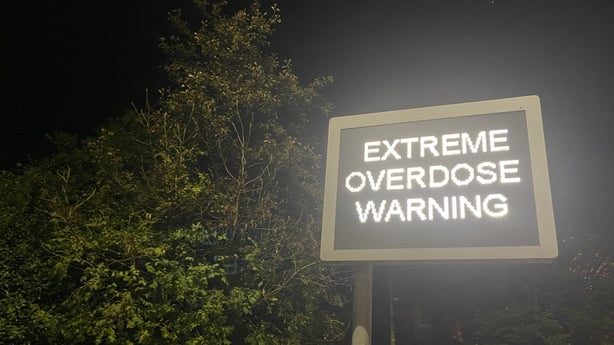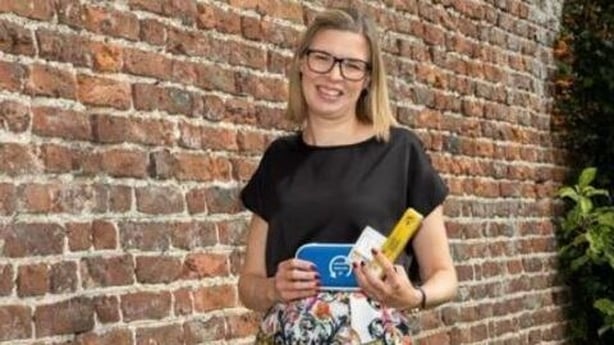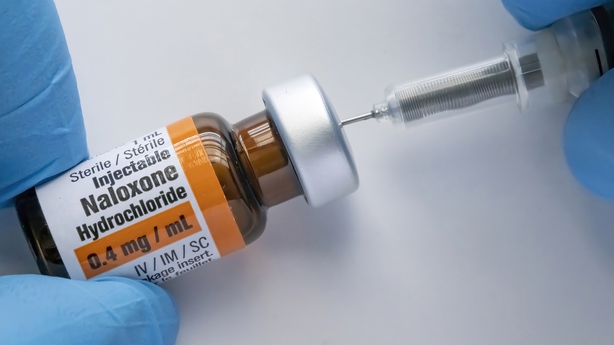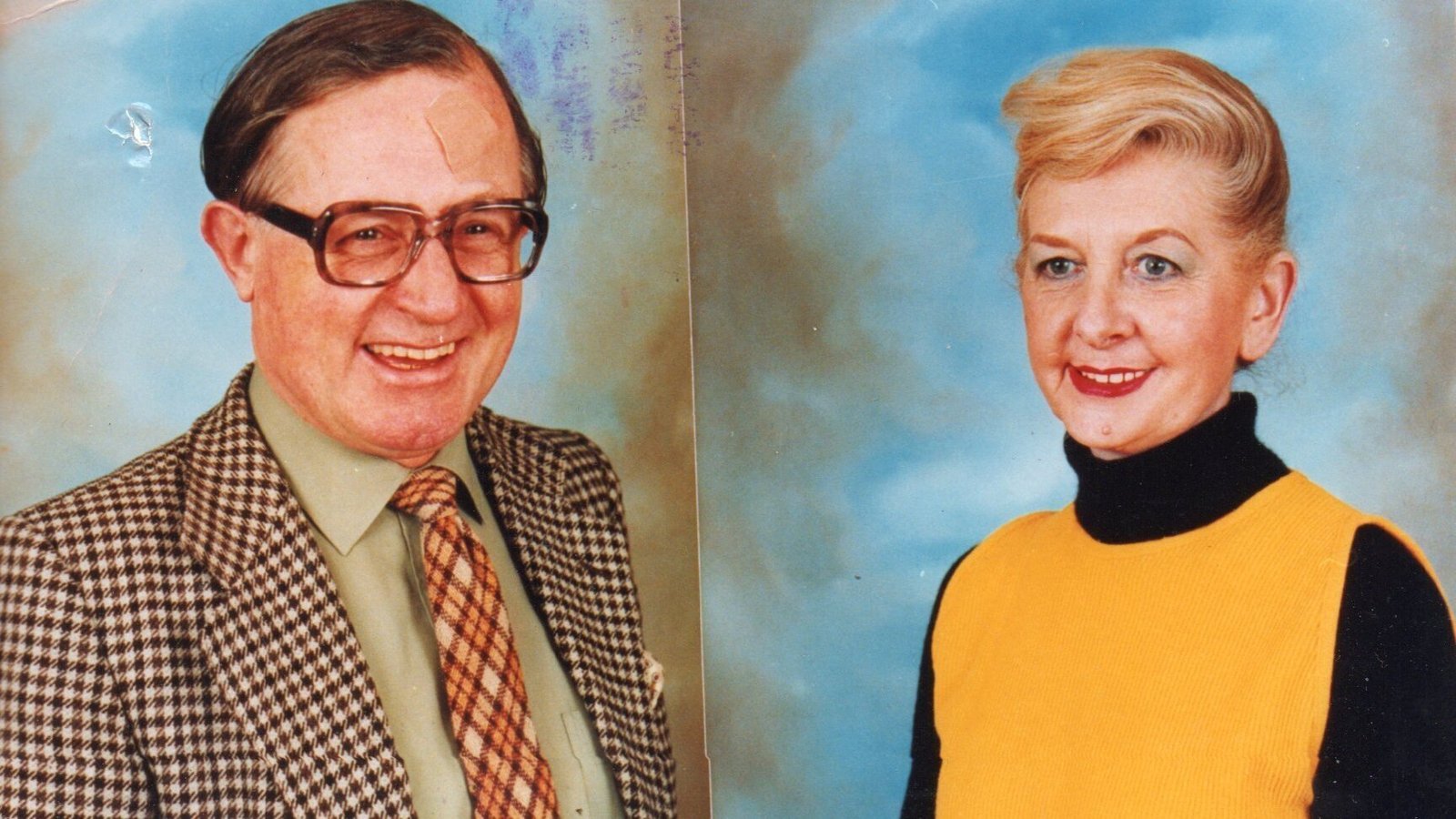Rise in synthetic drugs led to multiple overdoses

An increased volume of synthetic drugs being sold on the Irish market led to an unprecedented level of overdoses in 2023 and an uptick in those seeking help for mental health problems, the Health Service Executive has said.
Batches of what were initially thought to be heroin laced with the synthetic lab-made opioid nitazines led to multiple overdoses from early last November in the Dublin area and later in Cork city.
Subsequent chemical testing of the substance showed it contained no heroin at all, only nitazenes which were synthesised in a lab, along with caffeine and paracetamol.
“They were being sold as new heroin or strong heroin, but when we did the analysis we identified that there was actually no heroin in it.
“It was nitazene drug mixed with paracetamol and caffeine and being sold, so in some ways we were wondering whether dealers were testing the market by introducing this new drug,” explains Professor Eamon Keenan, National Clinical Lead for Addiction Services in the HSE.
He said overdose deaths linked to this drug are being investigated in conjunction with coroners in Dublin and Cork.
“Any drug-related deaths which may have occurred around that time period, we need toxicology and lab results to be able to determine that, but they have prioritised those,” Prof Keenan added.
The HSE expects to have further information on this early this year.
Last October, the BBC in Northern Ireland reported coroner Joe McCrisken’s findings that six deaths had been linked to the drugs use in Belfast, with that number expected to rise.
There have also been deaths linked to the substance across the UK.
“What we do know is that in the UK, nitazenes have been associated with deaths in drug users, so this is a powerful substance.”
Risks far higher than heroin – HSE
Nitazenes first appeared in Ireland in very small amounts in 2022 but in 2023 they were associated with 57 overdoses in Dublin and 17 in Cork up until the Christmas period.
“In 2023 nitazenes emerged as a real drug of concern for HSE addiction services,” explains Prof Keenan, who says that the synthetic opioid has proved to be extremely harmful, threatening the lives of those who use it.
A reduction in the supply of heroin through more traditional routes from Afghanistan has been reported across Europe.
A United Nations report identified a 95% fall in heroin production in Afghanistan in 2023 – compared to the previous year – due to a clampdown by the Taliban.
“Since the Taliban have taken control in Afghanistan, the production of heroin has decreased significantly and our colleagues in the EMCDA, the European Monitoring Centre for Drugs and Drug Addiction, identified a 95% drop off in heroin production in Afghanistan … so we think that drug dealers are then looking at new and novel ways that they can get product to people,” Prof Keenan said.

Nitzenes are not an entirely new drug. They were first synthesised around 60 years ago as an alternative to morphine, but they never made it to market because they were too potent, carrying a significant risk of overdose.
“The formula to produce them was on a shelf and I suppose, over the last three years, we’ve seen the emergence of these drugs in Europe. First of all in Eastern Europe but more recently in France, the UK and now in Ireland.”
Prof Keenan says it is unclear where the labs making this latest dose of nitzenes are based, but some of them may be as far away as Asia.
According to the HSE, the risks associated with these drugs are far higher than with heroin and even fentanyl which is 20 to 40 times more potent and has caused major problems in the United States.
He said the particular type of nitazene identified in the Irish market was “15 times more powerful than fentanyl”.
“We’ve heard a lot about fentanyl. We’ve seen no evidence on the Irish market that fentanyl is here yet.
“We’ve seen the identification of these nitazene drugs which are actually more potent … so our concern is that maybe all the talk about fentanyl is that’s distracted people.
“They hear us talking about nitazenes and they say well at least it’s not fentanyl and they may be tempted to take the nitazenes, whereas in actual fact the nitazenes are more potent than fentanyl,” Prof Keenan said.
The light brown powder can behave differently to regular heroin when it is cooked up, forming more of a jelly-like substance.
The drugs act on the system very quickly, with some of the people who took the nitazenes collapsing almost straight away, their breathing affected.

In order to deal with the level of overdoses, the HSE and those working with drug users, including in homeless services, have increased the availability of the prescription drug Naloxone.
In 2023, close to 6,500 units of Naloxone were made available and it was used more than 200 times last year, even before the number of overdoses spiked in November, so its usage in 2023 is expected to be much higher when the final figures become available.
Its use was also reported more than 300 times during 2022, although the uptick in use then may have been due to improved reporting and increased awareness around how the drugs can help to reverse some of the effects of overdose in heroin and in synthetic drugs like nitazenes.
“What you might find with Naloxone and nitazenes is that it takes maybe an extra Naloxone or maybe two Naloxones to produce a response and get the person out of the overdose.”
Prof Keenan said that, in some cases, this drug has saved lives, even before an ambulance arrived on the scene and it is now being used on a regular basis.
Overdose response training programme launched
The HSE is this month recruiting drug users themselves, their families, and those working in homeless and other support services, to train them how to deal with overdoses, including teaching them how to administer Naloxone to someone who is overdosing.
Almost 130 regular users of opioids and those who come into contact with them on a daily basis are being recruited by the HSE to learn about the risks of overdose and how to prevent them.
It is hoped that this peer-to-peer training will help get the message through to a community where there can sometimes be a lack of trust when it comes to authorities.
Naloxone Project Lead with the HSE Jenny Smyth said there will be six to eight peers on each of the 16 programmes, which begin later this month.
“When I say peers I mean they could be opioid users, or in regular contact with opioid users. They will then have the skills that they’ll learn through this programme.”

Ms Smyth said that Naloxone is easy to administer and it comes in two forms – a nasal spray and one that can be injected.
If someone is overdosing and you do not know how to respond, she said, you should ring 999 and someone from emergency services can take you through the necessary steps.
Amongst those who have been trained in how to administer Naloxone are homeless services and those working with the Ana Liffey Drug Project in Dublin city centre.
Damien Gagnevin, one of its team leaders, said that many people using heroin are trying to numb their pain and this group of users can be vulnerable to trying a new substance like nitazenes, despite its obvious dangers.
“People are soothing their pain using substances and whichever substance this is – it could be heroin, it could be nitazene – so it’s just touching on the nature of addiction and making sure that the people who are suffering from that have appropriate support and access to quality care.”

Mr Gagnevin said that Ana Liffey, which has been working with drug users for the last four decades, is urging those they meet not to take new drugs at all.
However, multi-drug use is often a problem among users the service meets, he added, and if people are going to take them, they should not do so on their own, particularly if they are coming from a new supplier.
“We know that people will maybe take it and it’s just a matter of giving them appropriate harm reduction information.
“Please be aware of the risk. Make sure that you are with someone or maybe take it little by little, rather than having in one go.
“That’s really hardcore harm reduction advice and yes this is the message we will try to get across with our clients,” Mr Gagnevin said.





